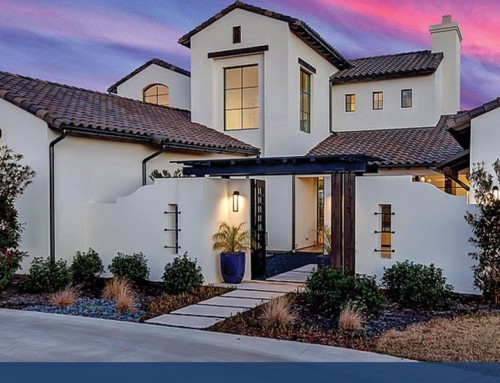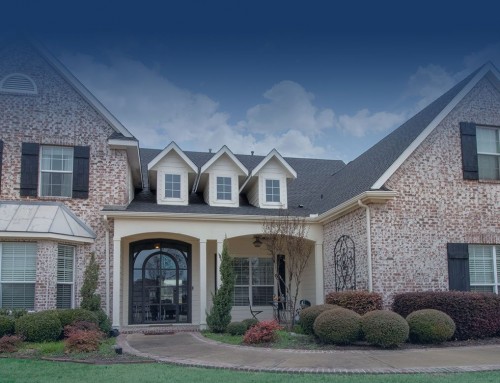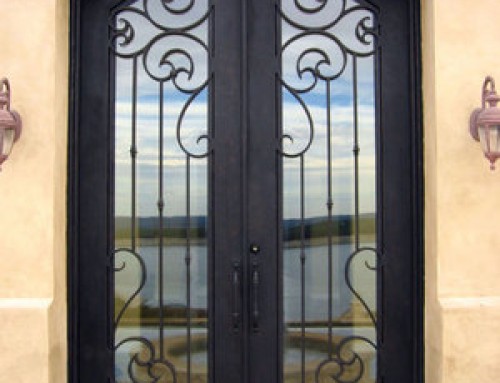Mullion windows and muntins are two of the most popular window designs used in custom steel doors and windows. But what is the difference between these two window styles? And which one should you choose for your home? In this blog post, we will take a closer look at both mullion windows and muntins, and discuss their benefits and drawbacks. We will also explore the artistic design elements that can be incorporated into your home with either of these window styles.
What is a mullion in a window?
A mullion is a vertical bar or post that divides windows from one another. It can either frame each individual window, or it may be built into the window itself, like mullions on an interior door. Mullioned windows are typically seen in older homes and historic buildings because they were often used in conjunction with mullioned doors to provide additional security.
Today, mullion windows are often used for their decorative appeal. The vertical bars can add a touch of elegance to a window design, and they can also be used to create visual interest or break up the space in a large window.
Benefits of a mullion window include:
- Adds visual interest and elegance to a window design
- create the illusion of taller windows
- used to break up the space in a large window
- increased security
What are window muntins?
Muntins are the horizontal bars that divide windows from one another. They are often used as mullions in mullion-style windows, but muntin can be a separate element on its own or built into a window frame.
Mullioned and mullion-free windows with muntins will always make up one large pane that can be opened or closed as needed. If mullions are present, then each individual mullioned window will have its own separate pane of glass, which means it can only be opened and closed by opening the mullion glass first.
Muntin windows with mullions on an exterior door provide additional security benefits because they prevent intruders from entering through a mullion-less window or door that can be easily broken into.
History and Function
Mullions have been used in architecture since ancient times. They were first used to divide large stone blocks into smaller stones that could be laid out in a decorative pattern on the walls of buildings. In the Renaissance, mullions became more common as architects began using them to create elaborate designs for their windows and doors. In modern times, mullions are used primarily for their decorative appeal.
Muntins are a newer design element that first became popular in the early 1900s. They were originally used to improve the function of windows by providing additional structural support and preventing them from breaking apart. Today, they’re most commonly used for their security benefits and can make it more difficult for an intruder to break into a home.
Transoms are another design element that has been used in architecture since ancient times. They were originally developed as small windows that could be placed above or below larger windows to provide additional light and ventilation to rooms without adding too much weight to the building’s structure. Today, transoms are still commonly used for their decorative appeal and can add a touch of elegance to any room.
What is the difference between mullioned and mullion-free windows?
The main differences are in how they open, close, and provide security features. Mullioned windows have mullions that divide each window from one another. This means there will always be two mullions on either side of the mullioned window, making it more difficult for an intruder to pry open. These mullions can be made out of wood, metal, or plastic and are usually attached to a frame that runs along the outside wall.
Mullion-free windows have no mullions; instead, they’re just one large pane of glass. This means that there will only be one mullion on either side of the mullion-free window, making it easier for an intruder to break into.
Mullioned windows are more common in older homes and historic buildings, while mullion-free windows are becoming more popular in newer home designs.
What do mullion windows look like?
There are several different mullion window styles, but all mullioned windows have mullions that divide them from one another. These mullions can either be attached to the outside wall or built into the window itself. You’ll commonly see mullioned windows on older homes and historic buildings because they were often used in conjunction with mullioned doors to provide additional security.
Mullion windows are also commonly used for their decorative appeal. The vertical bars can add a touch of elegance to a window design, and they can also be used to create visual interest or break up the space in a large window.
What is the difference between transom and mullion?
Transoms are small windows that are located above or below a larger window. They often have either a rectangular or diamond-shaped design and are used to provide additional light and ventilation to a room. Mullions are vertical bars that divide windows from one another, while transoms are horizontal bars that run across the top or bottom of a window.
Mullion windows and doors can have transoms, but not all mullioned windows will have a transom. Likewise, not all mullion-free windows will have a transom.
Transoms are often used in conjunction with mullions to provide additional light and ventilation to a room. They’re also commonly used for their decorative appeal and can add a touch of elegance to a window design.
Why do my windows need mullions, muntins, and transoms?
Mullions, muntins, and transoms are all design elements that can be used to improve the appearance and function of your windows. Mullions can create the illusion of taller windows and add visual interest to a room. Muntins can help break up the space in a large window and increase security by making it more difficult for an intruder to break into. Transoms can provide additional light and ventilation to a room. All of these design elements can be used together or separately to improve the look and function of your windows.
If you’re not sure whether or not your windows need mullions, muntins, or transoms, contact a window specialist for advice. They will be able to help you choose the right design elements for your home.
Considering Steel Windows and Doors for your Home?
Our experts at Steel Entry are ready to walk you through the design process applying these and many other elements to exceed your expectations in design, quality, installation, and security by adding custom steel windows and doors to your home.







